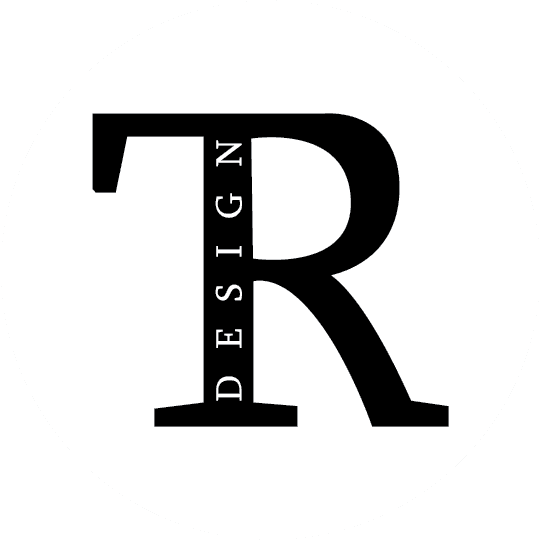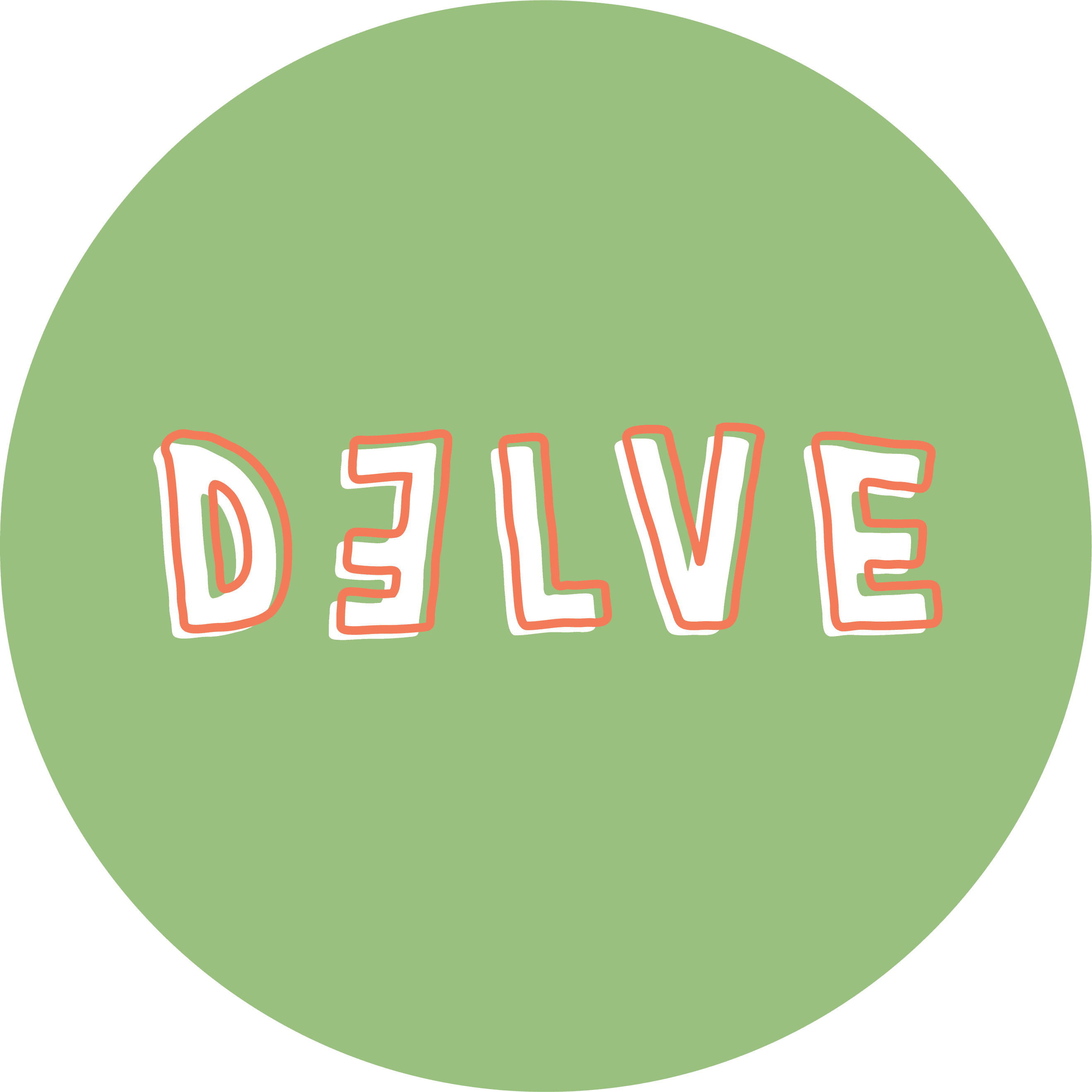
building your brand
building your brand
the importance of professional visual identity
the importance of professional visual identity
building your brand
the importance of professional visual identity
Visual branding is crucial for designers, especially visual communication majors aiming to work as Graphic Designers. Creating a consistent visual identity, including logos, colour schemes, and typography, is essential. These assets can be used across digital platforms, portfolios, resumes, and more — reinforcing professionalism, expertise, and recognition and helping prospective employers and clients easily identify and connect with the designer's work.
Crafting a visual representation that inherently mirrors your identity as a designer involves a profound understanding of who you are as a creative professional. It's about translating your unique perspective, skills, and ethos into a visual language that others can comprehend instinctively. Think of it as distilling your essence into a tangible, visual form. For instance, if you’re a designer who finds inspiration in nature, your visual representation might incorporate organic shapes and earthy tones, reflecting your connection to the natural world. If you thrive on innovation and cutting-edge ideas, your design could embody sleek lines, futuristic elements, and bold, unconventional colours, symbolising your avant-garde approach.
"It's about translating your unique perspective, skills and ethos into a visual language that others can comprehend instinctively."
Moreover, your design identity should also align with the kind of work you do. For a GraphicDesigner who specialises in minimalist aesthetics, the visual representation might be clean, simple, and elegant, echoing the principles they apply to their projects. Similarly, for an Animator who loves making quirky hand-drawn animations, their visual representation could include playful colour palettes, and fluid, organic lines, mirroring the charming idiosyncrasies of their animated creations. This representation isn’t just a logo or a colour scheme; it’s a visual narrative that communicates your design philosophy, your values, and your commitment to your craft. It serves as a powerful tool for clients and collaborators to understand what sets you apart in a crowded creative landscape.



DES309: Design Capstone is a third-year course offered at UniSC and is intended to be the final capstone class for the Design program. It consists of three assignments, all with the purpose of further preparing students for entering the professional industry after graduation.
Task 1 involves creating a professional branding identity, including logo design, stationary, website, social media and more. Many Visual communications students thrive in this task due to the graphic design elements and creating a cohesive visual style guide that represents them as a designer or their future company. These creative assets will then serve as a foundation from which their professional identity can grow.
Below are some personal branding examples of professional branding from our design team:


JOLIE GIBBS


TIFFANY REVIE


MILLIE ROBSON


Rose Hocking
Task 2 includes mock interview scenarios for a job of their selection, or alternatively a pitch for a project, as well as the creation of a professional and industry-ready CV. This practical experience prepares student for forthcoming scenarios once they enter the industry. These activities are designed to build confidence and the interpersonal skills needed to impress prospective employers.
The final task of DES309 is a professional portfolio and capstone design project piece showcased alongside peer work at the UniSC Art Gallery as a combined exhibition with a launch event at the end of the semester. The event’s marketing and branding, as well as the curatorial approach and installation, are done by students of the course under university guidance. This provides an opportunity for students to have their work viewed by peers, industry professionals and family, as well as a chance to experiment and use their skills in a way that represents them as a designer.
The 2023 Design Capstone theme is Symbiosis: The World as We know it
13.10.23
written by
millie robson

Crafting a visual representation that inherently mirrors your identity as a designer involves a profound understanding of who you are as a creative professional. It's about translating your unique perspective, skills, and ethos into a visual language that others can comprehend instinctively. Think of it as distilling your essence into a tangible, visual form. For instance, if you’re a designer who finds inspiration in nature, your visual representation might incorporate organic shapes and earthy tones, reflecting your connection to the natural world. If you thrive on innovation and cutting-edge ideas, your design could embody sleek lines, futuristic elements, and bold, unconventional colours, symbolising your avant-garde approach.

Crafting a visual representation that inherently mirrors your identity as a designer involves a profound understanding of who you are as a creative professional. It's about translating your unique perspective, skills, and ethos into a visual language that others can comprehend instinctively. Think of it as distilling your essence into a tangible, visual form. For instance, if you’re a designer who finds inspiration in nature, your visual representation might incorporate organic shapes and earthy tones, reflecting your connection to the natural world. If you thrive on innovation and cutting-edge ideas, your design could embody sleek lines, futuristic elements, and bold, unconventional colours, symbolising your avant-garde approach.


"It's about translating your unique perspective, skills and ethos into a visual language that others can comprehend instinctively."
"It's about translating your unique perspective, skills and ethos into a visual language that others can comprehend instinctively."
Moreover, your design identity should also align with the kind of work you do. For a GraphicDesigner who specialises in minimalist aesthetics, the visual representation might be clean, simple, and elegant, echoing the principles they apply to their projects. Similarly, for an Animator who loves making quirky hand-drawn animations, their visual representation could include playful colour palettes, and fluid, organic lines, mirroring the charming idiosyncrasies of their animated creations. This representation isn’t just a logo or a colour scheme; it’s a visual narrative that communicates your design philosophy, your values, and your commitment to your craft. It serves as a powerful tool for clients and collaborators to understand what sets you apart in a crowded creative landscape.

DES309: Design Capstone is a third-year course offered at UniSC and is intended to be the final capstone class for the Design program. It consists of three assignments, all with the purpose of further preparing students for entering the professional industry after graduation.
Task 1 involves creating a professional branding identity, including logo design, stationary, website, social media and more. Many Visual communications students thrive in this task due to the graphic design elements and creating a cohesive visual style guide that represents them as a designer or their future company. These creative assets will then serve as a foundation from which their professional identity can grow.
Below are some personal branding examples of professional branding from our design team:

JOLIE GIBBS
Jolie Gibbs

Rose Hocking

TIFFANY REVIE

Millie Robson
Task 2 includes mock interview scenarios for a job of their selection, or alternatively a pitch for a project, as well as the creation of a professional and industry-ready CV. This practical experience prepares student for forthcoming scenarios once they enter the industry. These activities are designed to build confidence and the interpersonal skills needed to impress prospective employers.
The final task of DES309 is a professional portfolio and capstone design project piece showcased alongside peer work at the UniSC Art Gallery as a combined exhibition with a launch event at the end of the semester. The event’s marketing and branding, as well as the curatorial approach and installation, are done by students of the course under university guidance. This provides an opportunity for students to have their work viewed by peers, industry professionals and family, as well as a chance to experiment and use their skills in a way that represents them as a designer.
The 2023 Design Capstone theme is Symbiosis: The World as We know it
The 2023 Design Capstone theme is Symbiosis: The World as We know it

13.10.23
written by
millie robson
13.10.23
written by
millie robson

